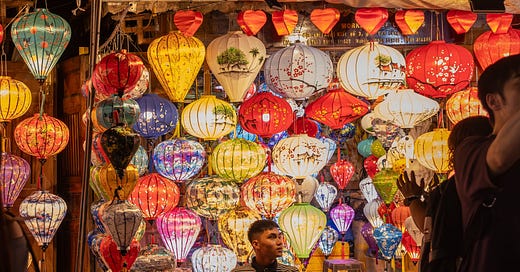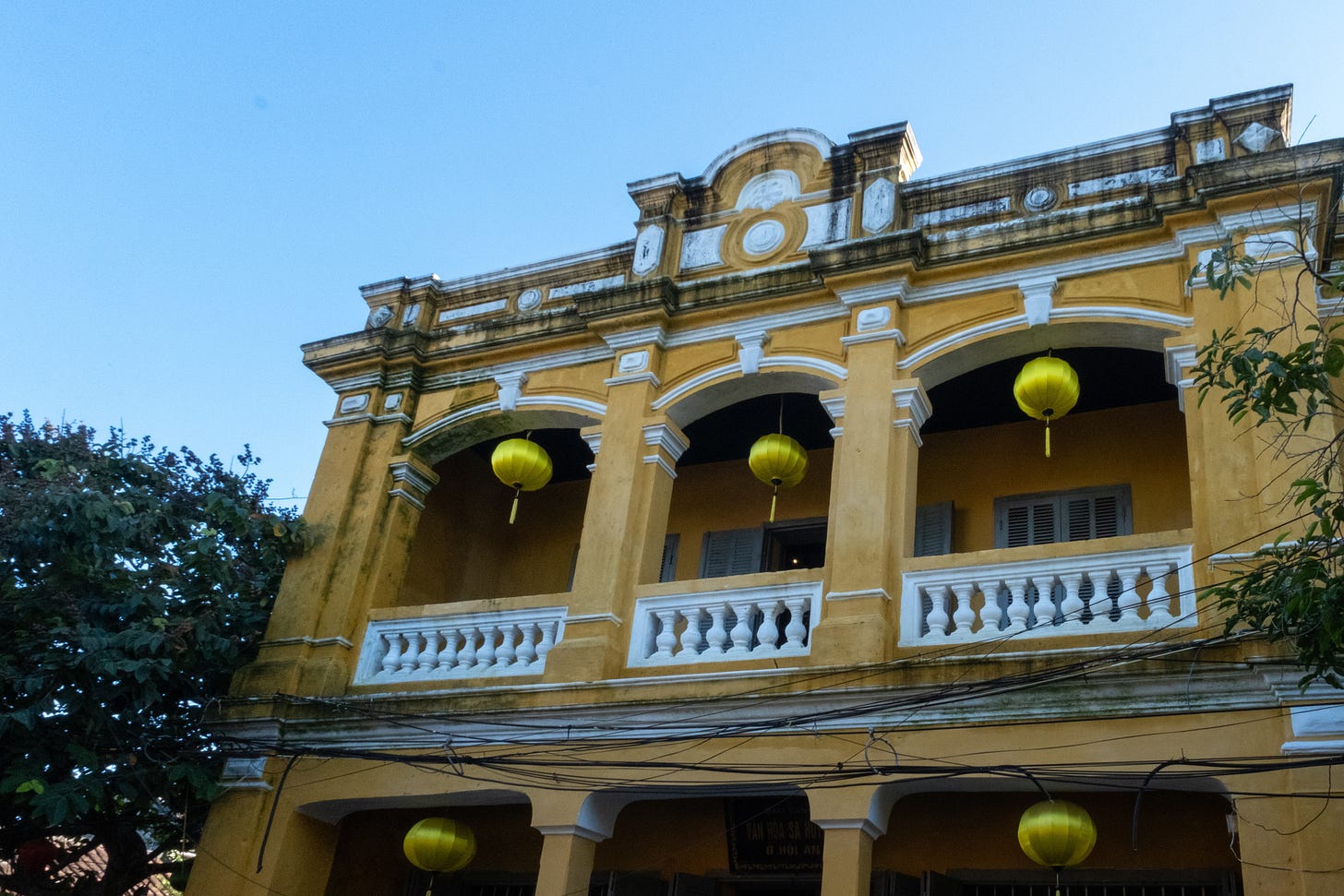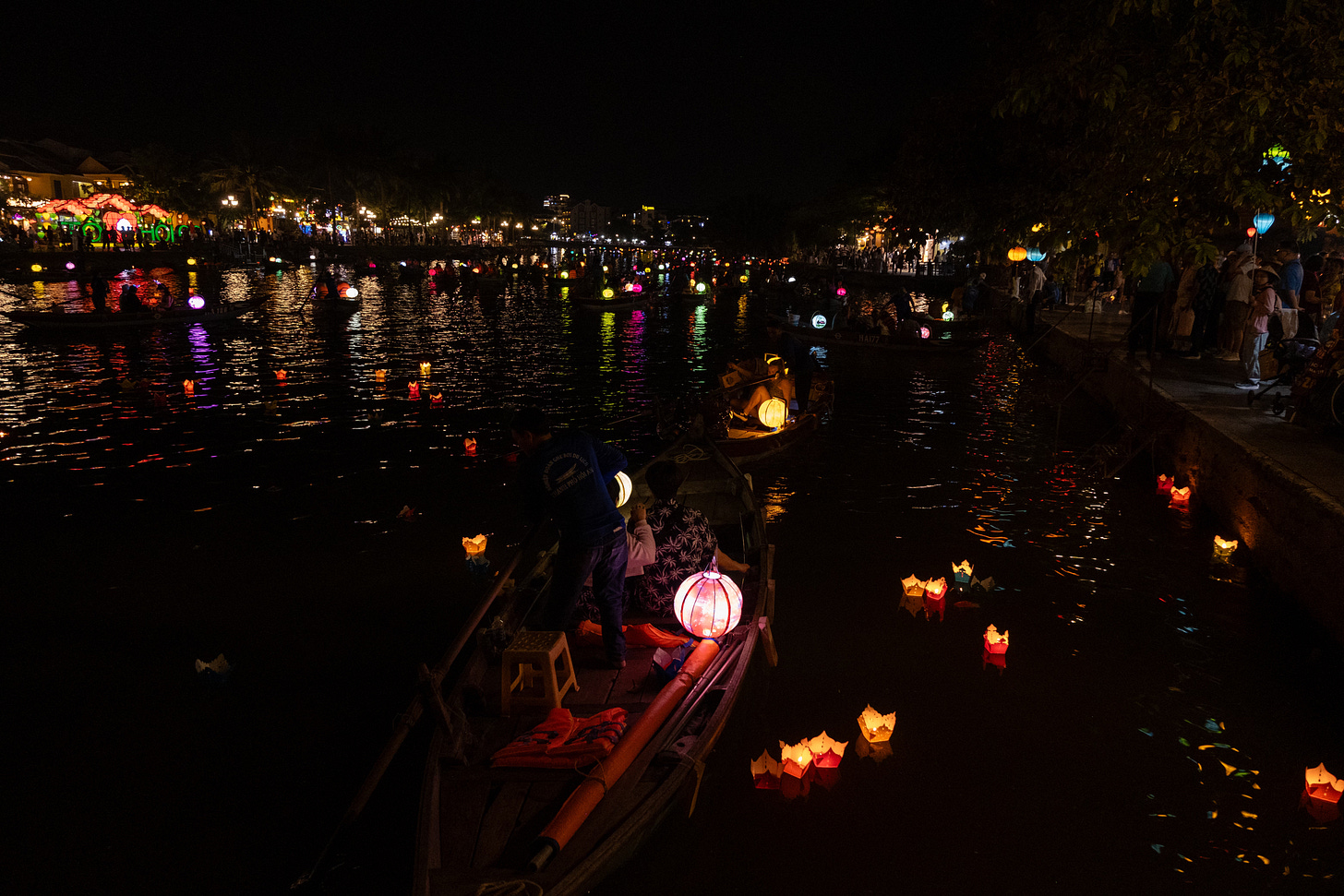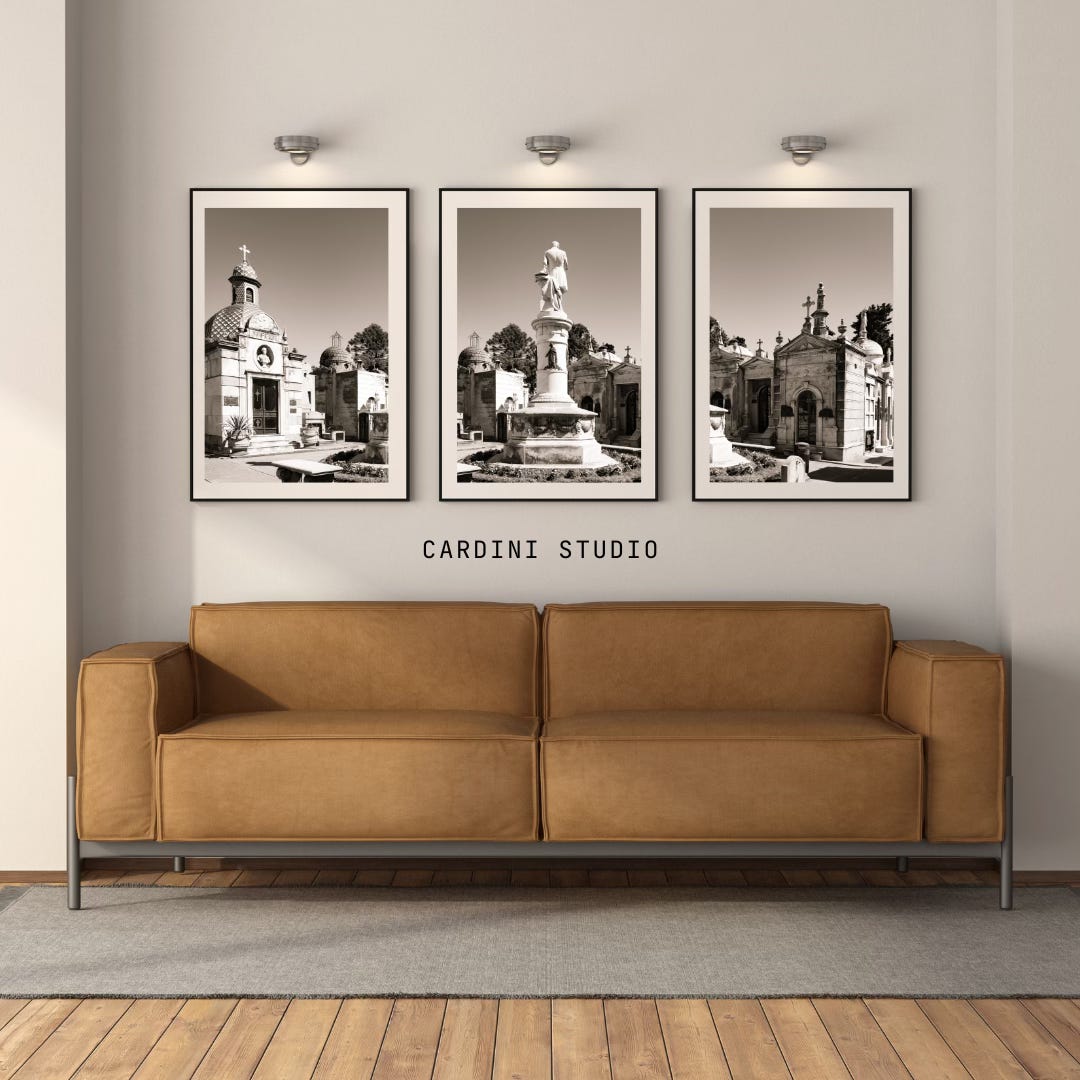Keeping our promises to ourselves is essential.
Life of a Travel Writer
Embark on a year-long adventure with me as we explore the wonders of our world! This week, we delve into Hội An, often regarded as the most enchanting city in Vietnam.
November 22nd, 2024
Hello, Fellow Travelers, and Happy Friday,
I hope you all have a wonderful weekend!
Self Reflections
When November arrives, I find myself dedicating significantly more time to planning than executing tasks. This month is particularly meaningful for me; it marks the beginning of my annual review process, a time to reflect on the past year and strategize for the upcoming one, ensuring I’m ready to hit the ground running in January.
During this period of planning, I often retreat into a contemplative space, reflecting on all the goals I wished to achieve over the past year. It’s a time for me to not only acknowledge these aspirations but also to develop a system that will enable me to accomplish them in the year ahead.
However, I also make it a priority to find balance and express gratitude for what I have achieved. I have a tendency to overlook my successes as soon as they occur, immediately shifting my focus to the next challenge. This mindset isn’t always healthy. Therefore, during this reflective time, I strive to concentrate on the positives while being honest about where my systems may have fallen short. After all, there’s always room for improvement.
I’m an Auntie!
November has been a significant month for my family, as my sister welcomed her first baby into the world. I am incredibly excited about this new chapter in our lives and eagerly anticipate embracing my auntie duties. I can’t wait to meet baby MJ when I return to the States at the beginning of the year!
Hội An, Vietnam
Nestled along the banks of the Thu Bon River, Hoi An is a UNESCO World Heritage Site celebrated for its beautifully preserved Ancient Town, where vibrant colors and rich history come alive. The streets are adorned with charming lanterns and bustling with life, offering a perfect blend of beauty and cultural richness.
Its history as a bustling trading port dates back to the 16th century when it became a significant hub for international trade, attracting merchants from Japan, China, and Europe. This vibrant exchange of goods and cultures continued until the 19th century, leading to Hoi An's unique blend of architectural styles. In recognition of its cultural significance, UNESCO designated Hoi An as a World Heritage Site in 1999.
Architectural Background
The architecture of Hoi An reflects a fascinating amalgamation of Vietnamese, Chinese, Japanese, and French influences. This eclectic mix is evident in various structures throughout the town, including traditional houses, temples, and assembly halls.
Key Architectural Features:
Traditional Houses: The typical houses in Hoi An are two-story structures known as "tube houses," characterized by their narrow fronts and deep interiors. These homes often feature wooden columns built on stone foundations and are adorned with intricate carvings. The roofs are typically covered with yin-yang tiles or fish-scale tiles, reflecting both aesthetic and functional design.
Japanese Covered Bridge: One of Hoi An's most iconic landmarks, this bridge was built in the early 17th century by Japanese merchants. It serves as a connection between the Japanese and Chinese quarters of the town and features a pagoda at one end, showcasing intricate wooden carvings and a blend of architectural styles.
Assembly Halls: Hoi An is home to several assembly halls built by Chinese communities that settled in the area. These halls are richly decorated with symbolic motifs and serve as community gathering places for festivals and rituals. Notable examples include the Fujian Assembly Hall and the Quang Dong Assembly Hall.
Colonial Influence: The French colonial period introduced new architectural elements to Hoi An, such as arched entrances, shuttered windows, and grand facades. Many of these colonial-style buildings can be seen throughout the town, contributing to its diverse architectural landscape.
Cultural Significance
Hoi An's architecture not only showcases its historical trading significance but also reflects the cultural exchanges that have shaped its identity over centuries. The preservation of these structures allows visitors to experience a living museum that tells the story of Vietnam's past interactions with various cultures.
Final Thoughts
I have thoroughly enjoyed my time in Hoi An. Everyone here has been incredibly friendly, and I was pleasantly surprised to find that nearly everyone we interacted with spoke English. Given the influx of foreign visitors to this beautiful city, this shouldn’t be too surprising.
However, I could do without the fast-moving scooters; they zip around at alarming speeds and the constant honking can be quite jarring, especially with that high-pitched sound that tends to get under my skin.
Despite these minor inconveniences, Hoi An is definitely a place I wish to revisit.The charm of this city, combined with the warmth of its people, makes it a memorable destination. I look forward to exploring more of what Hoi An has to offer on my next visit!
Thank you for sharing this journey with me. Here’s to embracing the unexpected and continuing to grow together.
Thank you for reading!
Tell me, Substack Reader, what goals are you working on accomplishing before the end of 2024? Comment below!
✍️Recent Post
📚Recent Reads
She Means Business by Carrie Green
Atomic Habits by James Clear
Hungry Authors by Liz Morrow and Ariel Curry
Breaking The Habit of Being Yourself: How to Lose Your Mind and Create a New One by Dr. Joe Dispenza
I hope I have inspired you to pursue your dreams and that you will stick around to see how my journey turns out!
If you appreciate these newsletters, consider subscribing to help me continue to write full-time.








